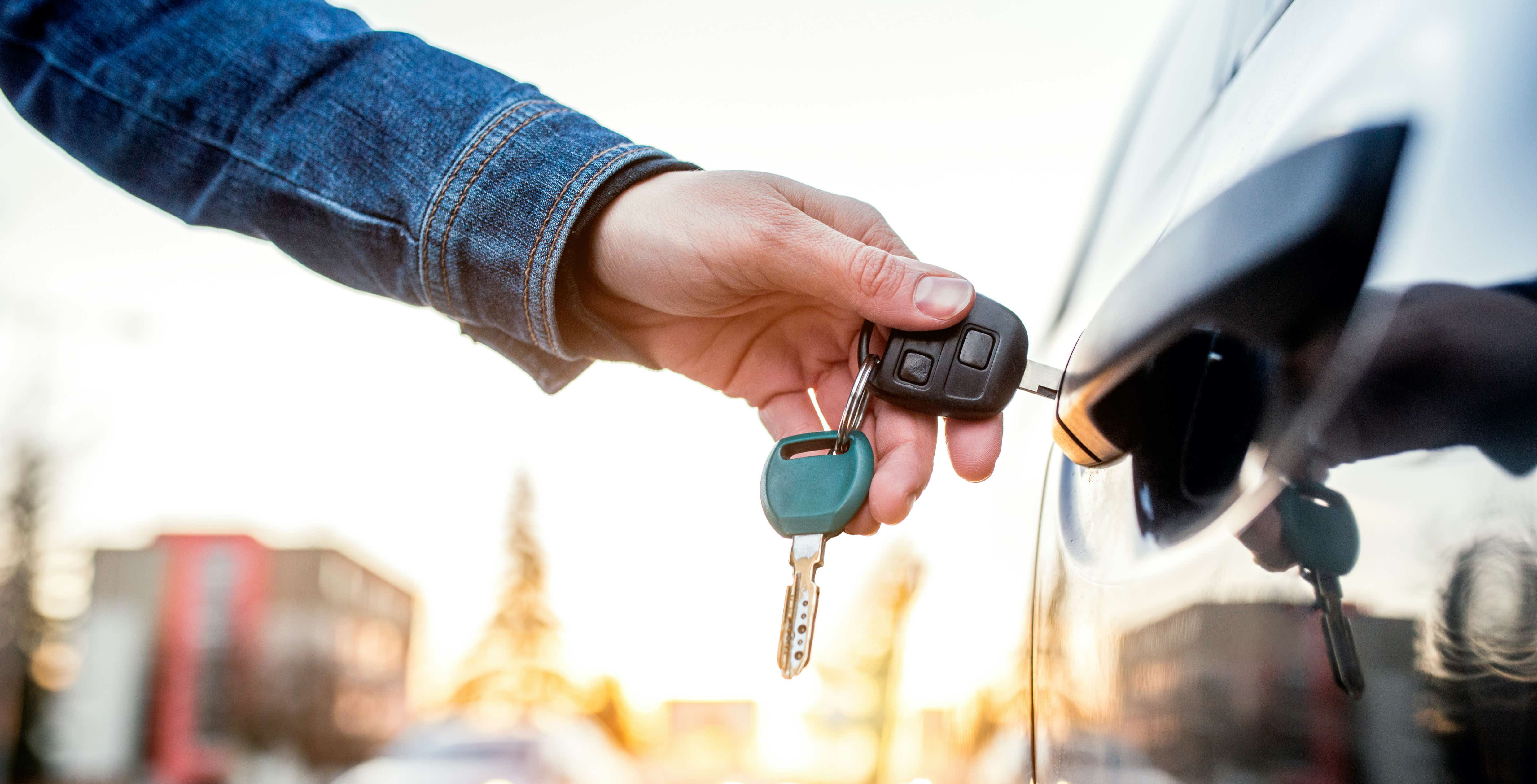The User Interface For A Self-Driving Car
Introduction
Self-driving cars are coming. We have no choice but to accept that fact and prepare ourselves accordingly. The first step in this preparation is understanding how the user interface of a self-driving car works.
Forward-facing camera
The forward-facing camera is used to detect lane markings and other road features. It can also be used to detect pedestrians, other vehicles and traffic lights. The forward facing camera is capable of detecting road signs, landmarks and other objects that might be useful for navigation purposes.
Laser scanners
Laser scanners are used to detect objects. They work in all weather conditions and can detect objects even in the dark or fog.
Radar
Radar is a type of sensor that can detect objects that are behind the car. It also has a much longer range than cameras, meaning that radar can see things far away from your vehicle–including people who are walking in front of it, objects moving in other lanes, and even stationary objects on the side of the road.
Radar works by sending out radio waves and listening for their reflections off of solid surfaces like trees or buildings (or other cars). When these waves bounce back to you after hitting something solid, they’re called “echoes.” As long as there’s enough distance between yourself and whatever object is producing echoes for you to distinguish between them with enough certainty not to mistake one echo source for another (like two cars), then you’ll be able to tell where everything around us is located based on how long each echo takes before reaching our receiver antennae
Lidar
Lidar is a type of laser scanner that can be used to detect objects in 3D. It works by sending out pulses of light and measuring how long it takes for them to bounce back off an object. This allows the system to build up a picture of its surroundings, including any people or vehicles nearby.
Lidar can also be used at night as it sends out infrared beams rather than visible ones like radar does – which means it doesn’t need any ambient light at all! This has lots of advantages: one being that you don’t have to worry about reflections from shiny surfaces (like glass windows) affecting your ability to see what’s going on around you while driving at night; another being that if something breaks down partway through an autonomous journey then there won’t be any problems since lidar doesn’t rely on GPS signals like other systems do – instead it uses inertial measurement units (IMUs) built into each car which measure acceleration forces experienced by each wheel during turns so they know exactly where they are even when there aren’t any satellites overhead providing positional information
Ultrasonic sensors
Ultrasonic sensors are used to detect objects in close proximity to the car. They use sound waves to detect objects at a distance, and can be used for parking sensors or blind spot detection. Ultrasonic systems can also be used as part of a collision avoidance system, which warns drivers if they’re about to hit another vehicle or object on the road ahead.
GPS and other sensors
If you’ve ever used a GPS, you know that it can tell you exactly where you are. A self-driving car uses similar technology to keep track of its location and avoid obstacles in the road.
A GPS (Global Positioning System) receiver is an electronic device that receives signals from satellites and uses them to calculate its position on Earth. There are 24 satellites orbiting Earth at an altitude of 20,000 km (12,500 miles), each transmitting data about their location at regular intervals so they can be tracked by receivers anywhere in the world as they move overhead. When your smartphone gets a signal from several satellites simultaneously, it figures out where those signals came from and compares them against its internal map database–which includes information about all kinds of things like roads and landmarks–to determine where exactly on Earth it’s located within a few meters (or yards). This process takes only seconds but requires accurate timing information from multiple satellites; any delay could cause serious problems with both accuracy and reliability because GPS signals travel at the speed of light: approximately 300 million meters per second!
Other types of sensors include: laser scanners (which use infrared light pulses); radar guns (“radar” stands for radio detection And ranging); sonar devices that send out sound waves underwater; lidar systems which measure distance using laser beams reflected off nearby objects back towards receivers mounted onto vehicles themselves rather than being emitted into surrounding areas like lasers do; odometry systems consisting mostly made up
To ensure that the driver is safe, car designers must make sure the user interface is easy to understand.
The user interface is the heart of a self-driving car. It’s what allows you to control your vehicle and get where you need to go safely. The UI must be easy to understand, intuitive, safe, reliable and secure–and scalable enough that it can adapt as new features are added over time.
When designing this component of your autonomous vehicle, remember that it needs to:
- Be easy for everyone who uses it (not just programmers)
- Have simple controls so users don’t have trouble using them while driving or in an emergency situation
Conclusion
The user interface is an important part of any car. The more intuitive it is, the safer you’ll be on the road. As we move toward self-driving cars, designers will need to make sure that all of these sensors work together seamlessly so that drivers can focus on what matters most: getting from point A to point B safely.




